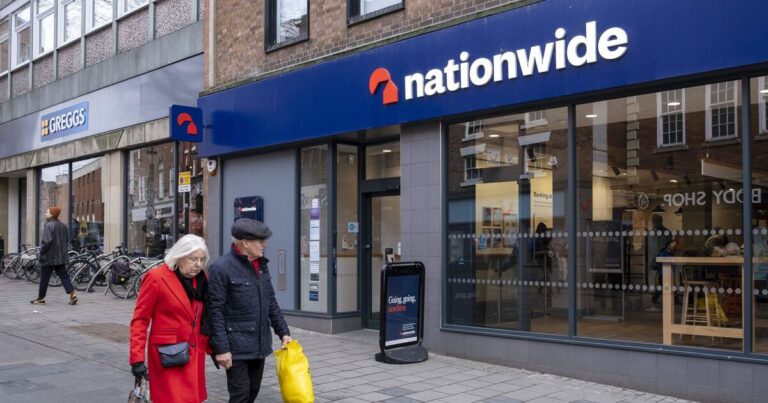What’s wrong? This two-word question can summarily improve a brand. Think about it: the inquiry shows an interest in how someone is feeling while also demonstrating concern about his or her feelings. It is easy for businesses, thousands of employees strong, to disregard how emotions are integrated in its nature. Brands, however, like governments and institutions, are at their core made of people. Every type of organization, faceless or warm and fuzzy, is at its core a human enterprise. With people inhabiting brands, emotions are woven into the very fabric. Studies show employees are 12 percent more productive when they feel valued at work. Having a sense of the emotional literacy of a brand and its relationship with its consumer is invaluable. Sometimes, knowing that you cared can rectify a variety of problems. Brands leaders can follow some steps to elevate their emotional literacy. When an obstacle is presented to brands there will most likely be a process in place to resolve it. The sheer volume of problems or complaints can sometimes be lost in the ether. United recently was beleaguered by negative press and criticism on social media following a brand crisis. The now-infamous video of a passenger being dragged off a plane went viral and the incident created an emotional response on a national scale. When the CEO released an apology that only addressed the problems of the incident, the statement was received as callous and inauthentic. This incident is a perfect example of how thinking of why the response was so severe could have helped their problem. It is important when facing an emotional problem to consider the “why” of the situation. Put aside how this problem affects your business and understand why this problem is being presented. This will allow for the problem to be understood in its entirety and find the best solution. It is likely to be solved more quickly and with both sides walking away satisfied. As we’ve discussed before, one of the reasons American Apparel went bankrupt was its failure to listen to its employee complaints and the changing demand of its consumer. It is critical for a brand to understand in our ever-changing world it needs to respond accordingly. Now, it is not enough to be responsive but proactive. Proactivity can entail expending more effort to take a pulse of your brand. How are customers responding to their experience? How satisfied are employees in their workplace? How can you improve your brand through its interactions? A brand must take an emotional pulse of how its relationships are being maintained. This can be done through social listening, surveys or leadership-led conferences. Whichever way is decided, it is important to have these periodically. Staying on top of these questions can prevent your brand from being swept away. In this era of globalization, brands have been thrust onto the front pages and scrutinized for everything it does, fairly or not. As such, business leaders from Wall Street to Silicon Valley have gained more notoriety than ever before. Some leaders blanch under this spotlight. Many insulate themselves with subordinates to face the public; others eschew all media and outside attention, preferring to focus on what’s happening inside the organization. Whatever a brand leader’s inclination, it is important to connect on a deep and profound level with two key audiences: employees and consumers. If a brand leader can forge a strong bond, based on mutual emotional understanding, other public-facing perceptions will fall in lockstep. A business is no longer simply the provider of a product or service. In our culture, with its new expectations and consumption habits, they have become role models, scapegoats and aspirational examples. To truly embrace your consumers, be the leader that you would want to see and follow. Embrace the vaguely cliché inspirational poster quote, “be the change you want to see.” The most important factor in any emotional equation is honesty. Transparency is a necessary component of your public face and can be one way you earn buy-in agenda. It can save you from unwanted moments of crisis and communicate to your consumers you consider them in your decisions. Honesty—with your workforce and your customers—will foment trust and a following. Ultimately, only when emotional literacy is wholly embraced will your brand transcend, maybe even to a human level.















